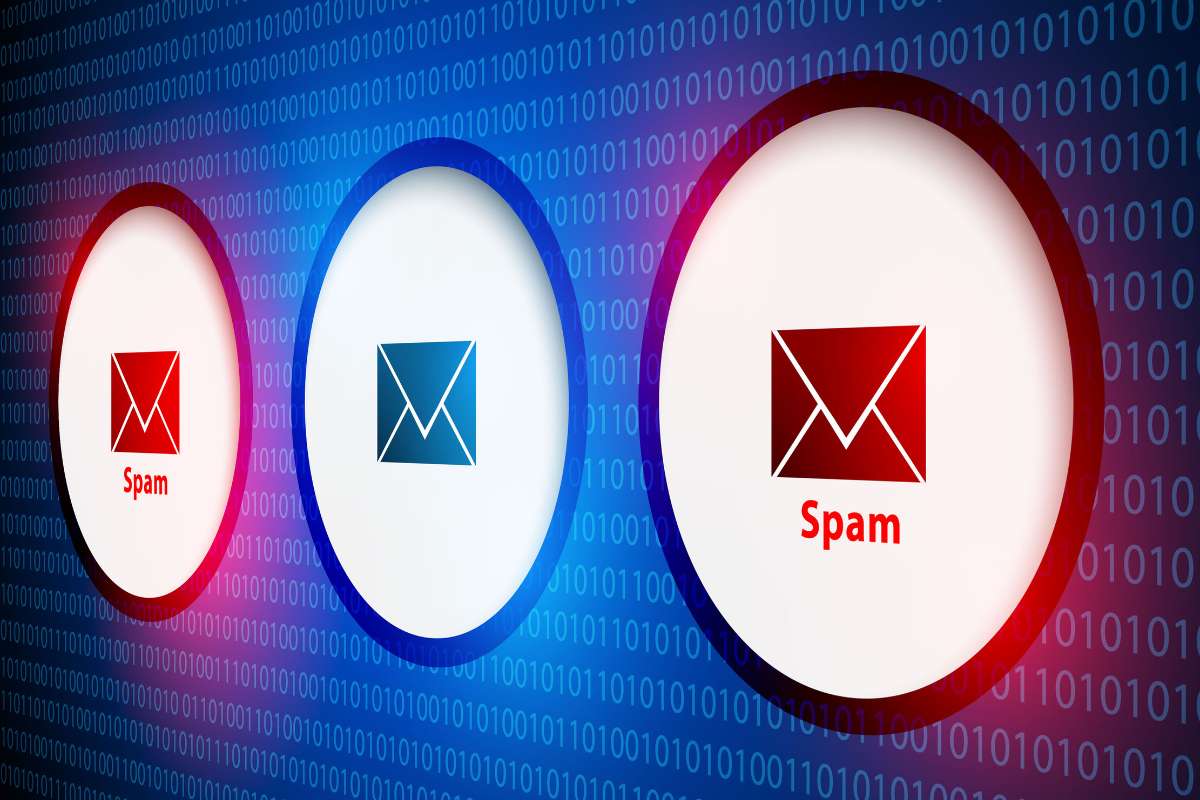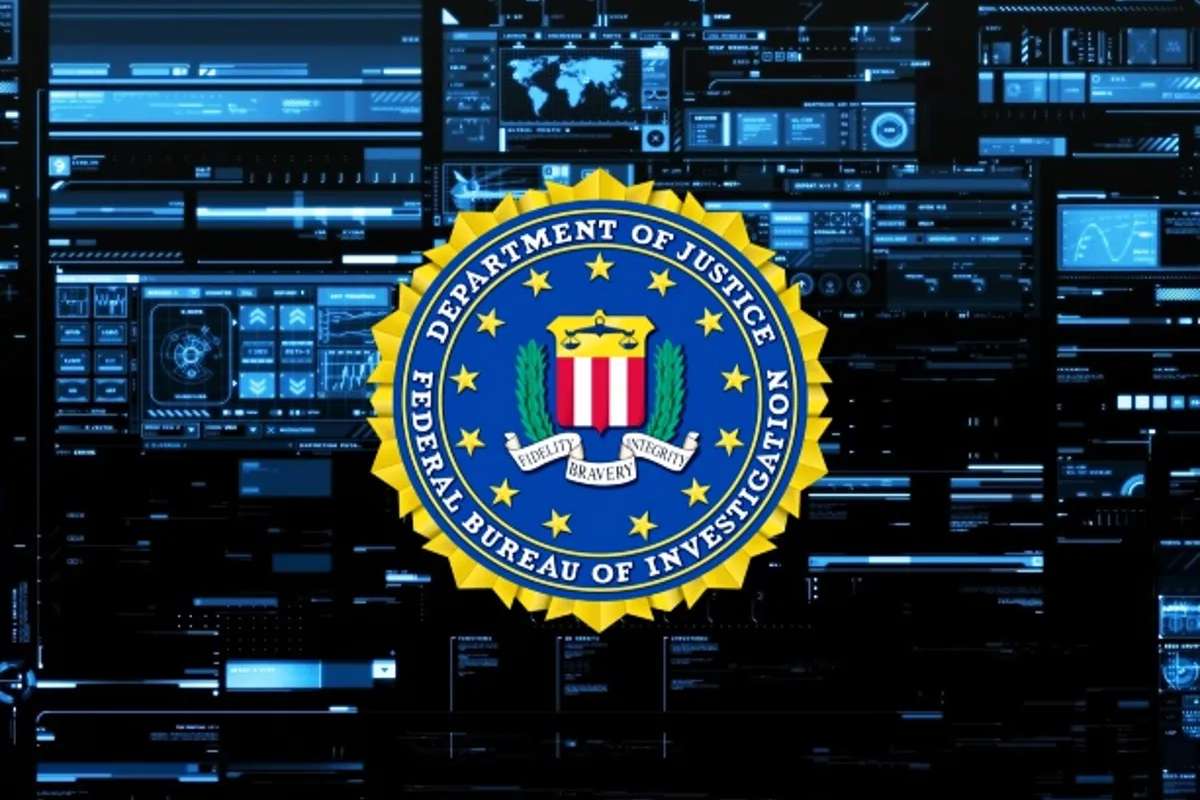Cybersecurity is bracing for transformative developments and with the CyberArk’s predictions for 2025 , with the rapid evolution of technology and increasingly sophisticated cyber threats reshaping the landscape. CyberArk, a leader in identity security, has outlined key predictions that highlight the urgency for businesses to adopt forward-thinking strategies. These insights underscore the critical need for robust security measures to safeguard against the complexities of the digital era.
AI Innovation and Security: The Balancing Act
Artificial intelligence (AI) continues revolutionizing industries, offering significant productivity gains through automation and streamlined processes. However, the pace of AI innovation often surpasses advancements in security measures, leaving vulnerabilities that cybercriminals could exploit. CyberArk emphasizes the importance of learning from past mistakes, where emerging technologies were deployed without sufficient security foresight.
The potential consequences of AI-related security breaches could be catastrophic, affecting businesses on multiple fronts. To counter this, organizations must embed security into AI systems from the outset, rather than relying on cybersecurity teams to address issues after breaches occur. This proactive approach will be critical in mitigating risks associated with the rapid integration of AI technologies.
CyberArk’s predictions for 2025 : Non-Human Identity New Frontier in Security
The growing adoption of cloud-native technologies and AI has led to an explosion in the number of identities, both human and non-human, that organizations need to manage. CyberArk predicts that attackers will increasingly target non-human identities, such as those in cloud-native environments and operational technology (OT) or Internet of Things (IoT) systems. This trend is particularly concerning for enterprises transitioning workflows to the cloud, as post-authentication breaches are expected to become more frequent.
Traditional security measures like multi-factor authentication may no longer suffice in protecting employees who handle sensitive data or manage critical processes. Organizations must rethink their workforce identity security, focusing on advanced measures to safeguard both human and machine identities. By doing so, businesses can strengthen their defenses against sophisticated attacks targeting these increasingly vulnerable points.
Resiliency and Risk Management in Third-Party Ecosystems
As high-profile breaches involving third and fourth-party vendors become more common, CyberArk foresees a shift in how businesses approach third-party risk management. Enterprises will prioritize resiliency and transparency within their ecosystems, demanding stronger assurances and accountability from their vendors.
The adoption of resilient multi-cloud or hybrid architectures will also gain traction as organizations look to reduce reliance on single providers and minimize downtime. This approach will be particularly critical for industries where cloud adoption is integral to mission-critical operations. By investing in secure and reliable infrastructure, businesses can better navigate the evolving threat landscape while maintaining operational continuity.
The Road Ahead
CyberArk’s predictions for 2025 underscore the growing complexity of cybersecurity challenges as technological innovation accelerates. From securing AI advancements to reimagining identity management and enhancing third-party risk strategies, organizations must adopt a proactive and resilient approach to safeguard their digital ecosystems. By prioritizing security as a foundational element of innovation, businesses can thrive in an era of increasing cyber threats.






